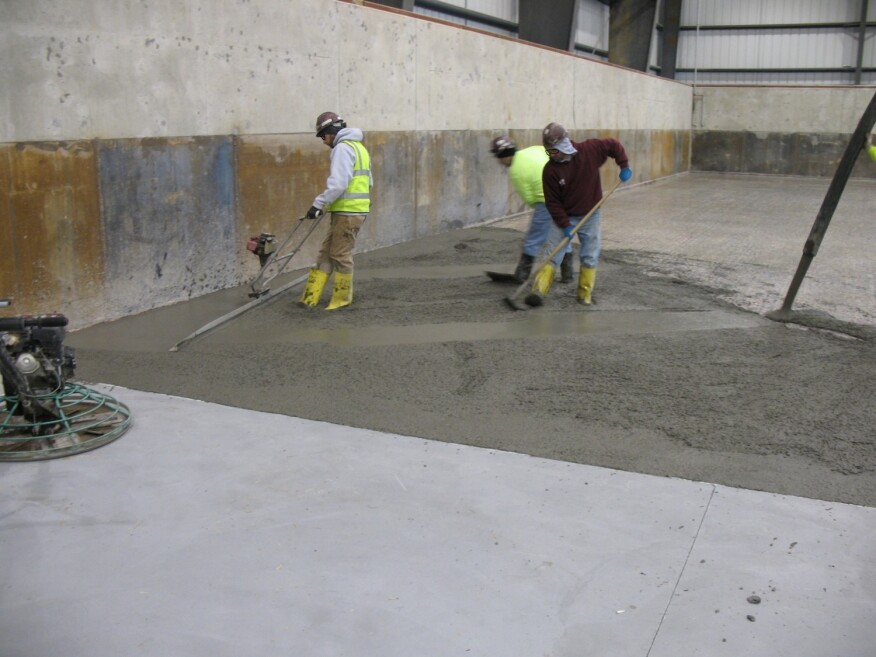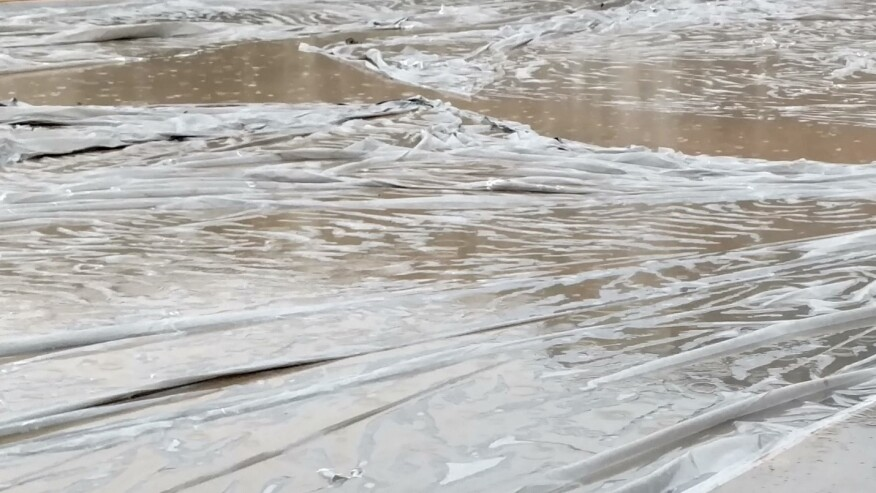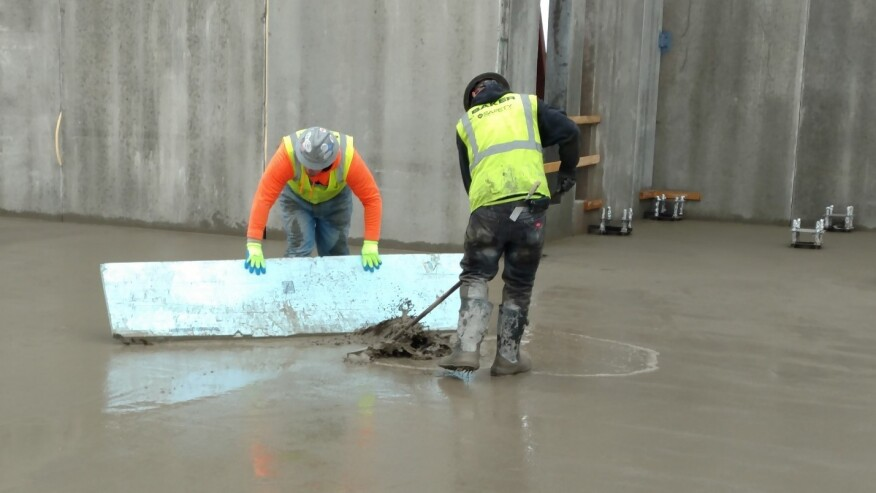Post Date: 21,Mar,2022
Toppings, like any other concrete, are subject to general industry recommendations for hot and cold weather concrete pouring practices. Proper planning and execution are critical to minimizing the negative effects of extreme weather on topping, reinforcement, trimming, curing and strength development. A key factor to consider when planning around the impact of environmental conditions on top construction is the quality of the existing floor slabs. In extreme hot and cold weather, the top and bottom plates are often placed at different temperatures, but will reach thermal equilibrium during curing. Usually, the base plate makes up the majority of the composite board (bonded or unbonded), so the adjustment of the base plate before construction cannot be ignored. Thinner toppings may be more susceptible to temperature-related issues. Cold bottom plates can cause finishing problems due to delayed solidification, delayed strength gain, or even a frozen top if not properly adjusted. A hot base plate can cause rapid hardening, which can negatively impact workability, consolidation, finishing and bonding. Industry advice for dealing with hot and cold weather is well documented; however, concrete pouring also faces other weather-related risks, such as rain, that the industry barely mentions. Weather is unpredictable, and placements are often made when there is a chance of rain to meet project schedule requirements. The timing, duration, and intensity of rainstorms are all important variables that affect placement success.
Exposure to rain during placement
In most cases, concrete pours exposed to rain will not be damaged if the excess rainwater is removed before completion. According to the Concrete Finishing Guide published by Cement Concrete & Aggregates Australia, if the concrete surface becomes wet (similar to bleeding), rainwater needs to be removed to continue finishing. There is a general concern that rain may increase the water-cement ratio of the placement, resulting in reduced strength, increased shrinkage and a weaker surface. This may be true if the water cannot or is not removed prior to completion; however, the contractor has shown that this is not the case when precautions are taken to remove excess water. The most common precautions are to cover the concrete with plastic or expose it to rain and remove excess water before finishing.
If possible, cover the placement with plastic to minimize exposure to rainwater. While this is good practice, application of the plastic can be difficult or impossible if workers cannot walk on the surface, or the plastic sheet is not wide enough to cover the entire width of the location, or reinforcements or other penetrations things protrude from the top. Some contractors also caution against using plastic because it retains heat and causes the surface to set faster. Reducing the completion window may not be desirable in these cases, as additional time may be required to remove the water and complete the completion operation.
A fresh board can be covered with plastic to protect the surface during unexpected rainstorms.
Excess rainwater can be removed from the surface of fresh slabs by using a garden hose or other flat tools such as scrapers and rigid insulating sheets.
Many contractors expose surfaces and expose them to rain. Similar to water discharge, rainwater is not absorbed by the floor slab, but must be evaporated or removed before completion. Some contractors prefer to drag a long garden hose over the slab to remove excess water, while others prefer to use a scraper or short length of rigid foam insulation to direct the water down the slab. Some surface grout may be removed with excess water, but this is usually not a problem as additional finishing usually brings more grout to the surface.
Contractors should not spread dry cement over the surface to help absorb excess rainwater. While cement may react with excess rainwater, the resulting paste may not blend into the slab surface. This results in a poor surface quality that is often prone to peeling and delamination.
Post time: Mar-22-2022




